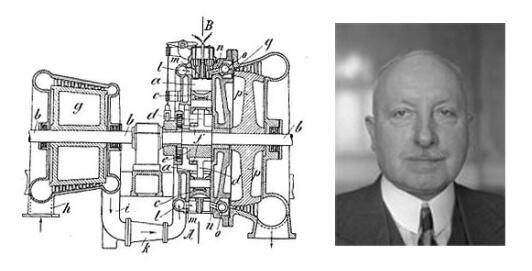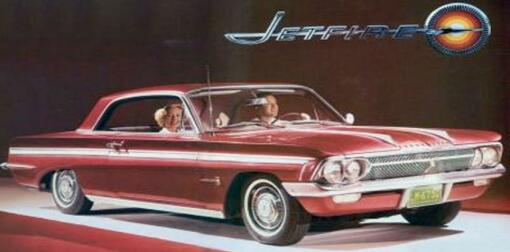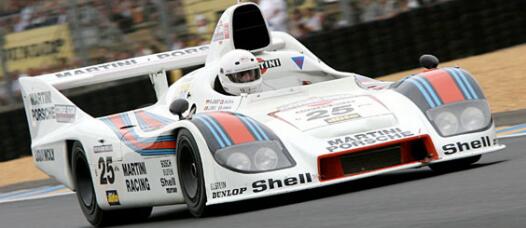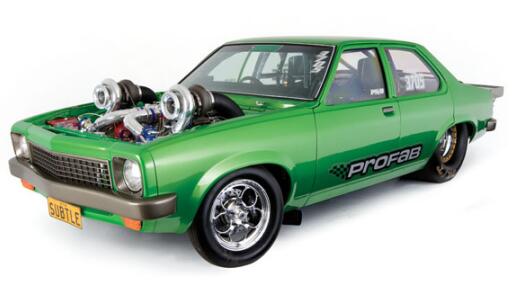Turbocharger,colloquially known as a turbo,is widely used in all kinds of cars and engines.Most people have a general understanding of how turbo works.But do you know the history of turbocharger?What was the first turbocharged car?
The history of turbocharger is almost as old as that of the internal combustion engine.
As the beginning of the gradual introduction of turbocharging into the automotive industry,In 1925, the Swiss engineer Alfred Büchi (pictured below) was the first to be successful with exhaust gas turbocharging, and achieved a power increase of more than 40 %. He also owned the first patent for a practical turbocharger (applied for in 1896)

The first mass-produced turbochargers came out of the General Electric factory in the early 1900s.
At the first, turbocharger applications were limited to very large engines, e.g. marine engines. In the automotive engine industry, turbocharging started with truck engines. In 1938, the first turbocharged engine for trucks was built by the "Swiss Machine Works Saurer".
The Chevrolet Corvair Monza and the Oldsmobile Jetfire were the first turbo-powered passenger cars, and made their debut on the US market in 1962/63.But unfortunately,their poor reliability caused them to disappear quickly from the market.

By the time the first oil crisis came in 1973, turbocharging became more acceptable in commercial diesel applications. Increasingly stringent emission regulations in the late 80's resulted in an increase in the number of turbocharged truck engines, so that today, virtually every truck engine is turbocharged.
1970s also mark the entry of turbochargers into motorsport, most notably into Formula 1. As with most automotive inventions, motorsport popularized turbocharging to the point where it became a familiar term to the general public.

The real breakthrough in passenger car turbocharging was achieved in 1978 with the introduction of the first turbocharged diesel engine passenger car in the Mercedes-Benz 300 SD, by the VW Golf Turbodiesel in 1981.
Today, a turbocharged engine is widely accepted not just as a performance option but as an economical, low-emission alternative. Turbo technology is particularly beneficial in small cars where restrictive engine bays make fitting a larger engine impractical or impossible. The problems that plagued early turbo engines; reliability, lag, fuel consumption have largely been eliminated and today’s turbo-charged engines are as reliable and easy to drive as their naturally aspirated counterparts.

 Online Service
Online Service +86 551 65617152
+86 551 65617152 info@refoneturbo.com
info@refoneturbo.com +8618133658728
+8618133658728